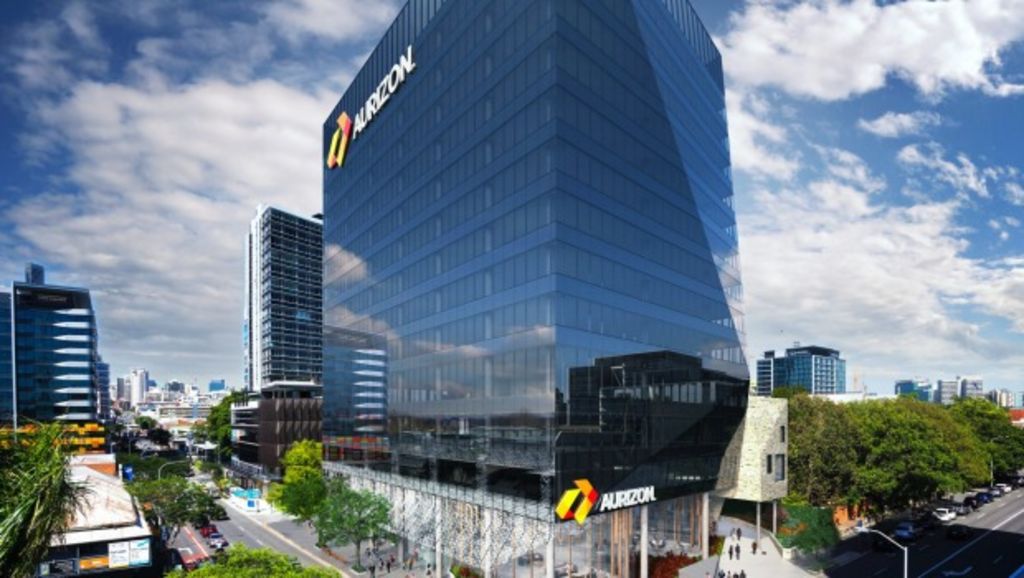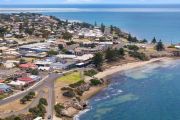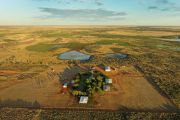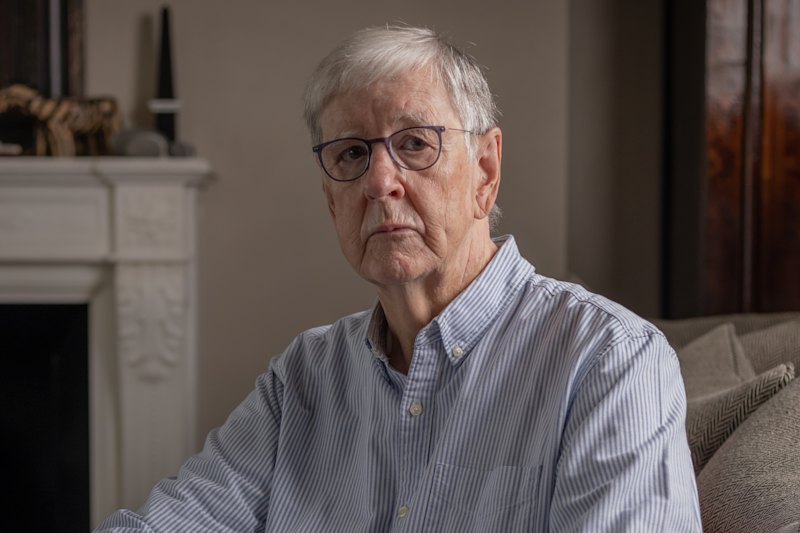
Brisbane tower owners hit by low demand and high supply
Brisbane’s office towers have been hit by the double whammy. Supply has soared with three new towers, started enthusiastically years ago, all being completed in a market where demand is weak due to the collapse in resource investment.
In March more than 18 per cent of the CBD was empty, according to global real estate group JLL. Lease incentives on prime space have risen to at least 35 per cent of the gross rent and effective rents have fallen.
For new tenants that is good news; for landlords it is a tough grind.
Some think the worst is over. The supply hump, near 200,000 sq m of new space, or 9.8 per cent of the CBD according to the Property Council, will be passed this year as the three big new towers – 180 Brisbane, 480 Queen Street and 1 William Street – are completed.
Earlier this month construction also began on listed freight train and rail company Aurizon’s new $170 million headquarters in Fortitude Valley, to be developed by Consolidated Properties Group and owned by Charter Hall’s Core Plus Office and Direct Office Funds.
A raft of a new leases signed in recent months could signal a positive change.
Others analysts warn that with demand so weak, and so much space to fill, Brisbane CBD deals will become more attractive.
Colliers national director office leasing Mark McCann said the leasing activity in the CBD during the first half of 2016 had defied the conditions, delivering solid levels of deal volume and inquiry compared to the previous 12 months.
“Transactions such as Tatts Group at 180 by Daisho and the Queensland state government at AM60, have totalled in excess of 34,000 sq m of new and positive take-up,” he said. “This has all occurred in a period of sustained high levels of vacancy that is expected to peak around 19 per cent after the completion of 1 William Street.
“We anticipate the strong deal volumes to continue for the balance of 2016 as high levels of vacancy will continue to drive aggressive commercial matrixes being offered to tenants.”
CBRE senior director Mark Curtain said the vacancy rate would stabilise with the completion of the new buildings this year and the lack of new supply in the next three years.
“Then we need some growth in demand and we expect some growth with the increase in infrastructure spending and the development of Queens Wharf.
“We are are getting some good activity because of competing packages from the landlords and as tenants move to upgrade to use their space better.”
Face rents holding firm
Mr Curtain said that for prime space, face rents had held firm, and incentives had stabilised – though for secondary both had weakened.
One landlord with a substantial exposure to Brisbane, the Investa Office Fund, has leased more than 16000 sq m of space in the city this year.
IOF assistant fund manager, Nicole Quagliata, said Brisbane had now enjoyed five quarters of positive net absorption. “Although vacancy remains high, we are increasingly seeing tenants committing and growth re-emerging across a number of sectors, including government,” she said.
Within the IOF portfolio, the Administrative Appeals Tribunal and the Australian Institute of Management have taken space at 295 Ann Street. At 140 Creek Street the Queensland government has extended its 8800 sq m lease and Turner Townsend has taken 900 sq m.
“While the Brisbane leasing market remains challenging, we have seen both rents and incentives stabilising, with confidence returning to the market as both business and government begin to commit to new space,” said the IOF’s acting fund manager Jason Leong.
Chesterton International’s associate director for leasing Ben Sikalas said the city was likely to enter a holding pattern.
“We do not view the medium-term outlook on Brisbane’s office markets requiring a further correction, rather a holding pattern at the gross face rental and incentive levels we are currently witnessing,” Mr Sikalas said.
He expects a growing state public sector workforce, an increase in conversions of office to residential and a growing international education sector to counter the negative sentiments.
“We do not view a massive correction in the CBD or the southern/northern fringe office markets. In fact, some of the downward force on vacancy rates within the CBD will come as a result of declining, quality, available office accommodation in these markets.”
Correction warning
But there is an opposite view. Alex Bedrossian, a senior associate with national advisory firm LPC Cresa, said the Brisbane CBD office market was still “in need of a significant correction”.
“The market is largely influenced by the resource sector – specifically coal – and from our experience most service sector tenants take less space when they relocate,” he said.
“Most informed tenants are still very cautious about entering into a lease commitment for eight to 10 years at inflated face rentals, notwithstanding the high level of leasing incentives on offer,” he said.
Forecaster, BIS Shrapnel expects the CBD office vacancy to peak around 20 per cent this year or early next, and that prime effective rents, which have already fallen by near 50 per cent, have further to fall.
“Leasing incentives are still rising and effective rents are still falling,” said said BIS Shrapnel senior project manager Christian Schilling. “The recovery will be slow, not quick.”
“Tenants relocating to the new buildings are contracting … and we expect to see further job cuts at mining companies and their contractors in Brisbane.”
He warns that, paradoxically, with investment yields so low, developers could still build more space if they locked in a tenant, even on a very aggressive deal.
“Competition for tenants would remain intense, with little chance of raising rents or reducing incentives until next decade,” he said.










